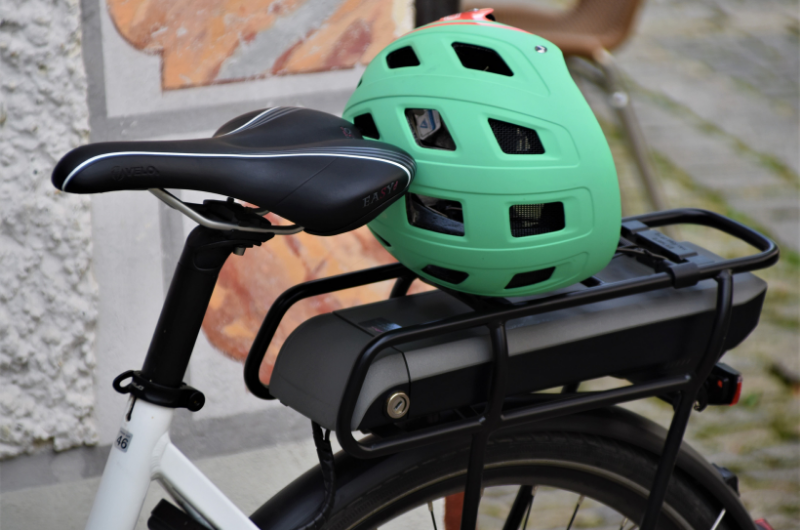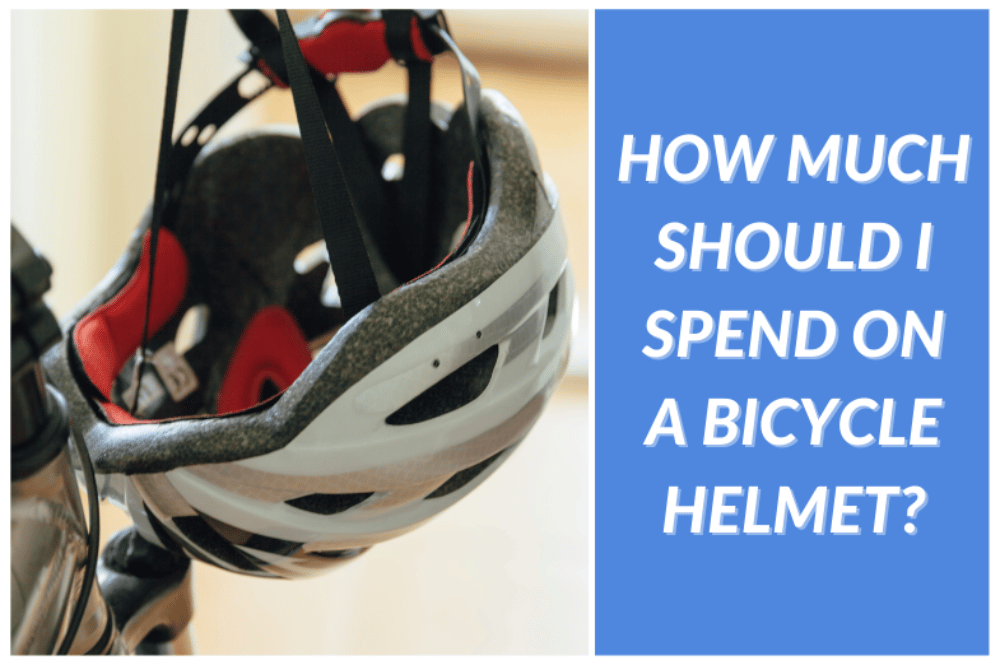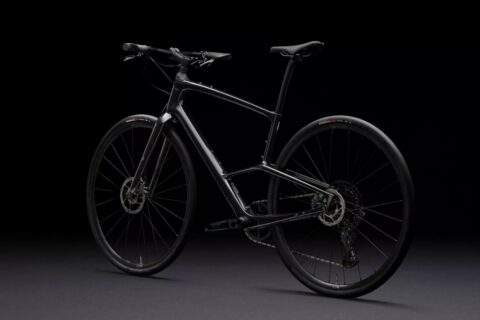This post may contain affiliate links, which help to keep Discerning Cyclist rolling. Learn more.
The Short Answer
The cost of a bicycle helmet varies, but it’s important to prioritize safety over price. All helmets must meet minimum safety standards, but more expensive helmets may offer additional features and enhancements. Consider your frequency of use and the helmet’s environment when deciding how much to spend.
Cycling is one of the most social media friendly pursuits in the world. It provides colour, incredible landscapes (urban or rural) and gives off a whiff of health and mental alacrity. It also provides frame after frame of cool shots, and images of movement, fun and dynamism. And fashion.
There is so much more clothing available to anyone who enjoys cycling than was around fifteen years ago, and in many more ranges too. Although there is some way to go in providing adequate and stylish clothing for every shape and size of body, the same cannot be said for bicycle helmets.
The breadth of sizes, options, accessories, fashion, aerodynamics, and colours can all be subsumed by one factor. They have to meet minimum legal safety standards. The increasing cost of a bicycle helmet will not always offer increasing protection under these regulations.

Bicycle Helmet Cost
The essential features of a bicycle helmet are the same regardless of the price. The central element is a moulded block of polystyrene foam, known as EPS, with a polycarbonate covering, which is harder than the foam and thick, canvas type adjustable straps.
The safety standards will demand they are constructed in a certain uniform way. Depending on how far away you move from this basic form will influence the price you pay – as well as your own preferences in budget, taste and fashion.
If you want a helmet that comes with lights, Bluetooth, reflectors, a visor, replacement accessories, you can have one. Colours to help you be more visible at night are available, along with mounts for lighting or cameras.

National and state laws should ensure that you can only buy helmets which conform to safety standards, but just in case, there should always be a tag, usually stuck to the EPS, which states the helmet conforms to BS EN 1078 CE in Europe, or CPSC standards in the USA.
The materials used in the construction of a bicycle helmet means it has a shelf life, which we look at in detail here. UV rays, hair oils, sweat and sun-cream can all lead to the deterioration of the product. Designers can incorporate UV inhibitors to extend its life or offer you additional, replacement velcro padding which you can easily replace. You’ll pay more for this.
Bicycle helmet prices increase more rapidly the more you take away. Lighter helmets offer full protection but allow you to accelerate faster and conserve energy as you ride. They are no smaller in size but may have more ventilation. They may have one moulded piece of EPS, whereas cheaper helmets glue separate pieces together.
Why are Helmets So Expensive?
Bicycle helmets have a minimum safety requirement to adhere to and we know that they must pass some mandatory testing in order to be certified for sale. This benchmark creates a marketplace where designers and advertising can take the product and its price beyond the minimum cost.
There is no expectation that one helmet costing twice as much as another is going to give double the protection, so where does the demand come from? We review some cheaper helmets here, and whilst it’s obvious that the quality of materials will be further down the scale, they still do their job.
It’s clear that there are improvements to the minimum standards attained by some manufacturers, and there’s a premium to pay for their insight, research and development.
Of course, there’s always the desire to emulate our sporting heroes, and buying a helmet worn by a Tour de France winner, designed either for aerodynamics or ventilation (or a combination of both) is going to appeal to a certain class of rider. Fashion, technology, staying ahead of a club colleague or workmate all play a part in some helmets costing more than an entry level bicycle.
Part of the challenge to the manufacturers of all consumable products is how to price something accurately when it has a shelf life. Some helmets, undamaged by an accident, have an eight year span of life. The average is around five years. That’s a long time between purchases for loyal customers, longer than say, a pair of cycling chinos or specific cycling shoes. The distance between purchases could lead to an increase in the mark up the manufacturer builds into each sale.

Are More Expensive Bike Helmets Safer?
Bicycle helmets fitted with enhancements such as the Mips system are going to be safer than those tested to minimum standards. In addition, better quality materials last longer and will be a little more reliable. Helmets of this type would be considered safer, as they offer more than the minimum.
We look at Mips systems here, but must also look further beyond the regulatory requirements when considering safety. Non-mandatory elements which improve safety include built-in front or rear lights, or reflectors. Some offer customisable symbols, patterns and features on a matrix display.
Other aspects which might make a helmet safer include the fitting system – you can opt for a BOA® style single handed system as opposed to the snap and fasten approach. Some helmets have mounts for lights which are compatible with those on your bicycle. Visors are not mandatory, but may be safer when riding through a rainstorm or into direct sunlight. Both circumstances would benefit from this shield.
How Much Should I Spend on a Bicycle Helmet?
Protected by the minimum standards requiring all helmets to reach a certain safety level, you are free to spend on anything you or your budget desires. Much of your decision should come down to frequency of use, and the environment in which you use it.
You might want to spend less on a helmet that comes on and off multiple times a day, risking damage and wear, than one which is specially designed for your race days or smashing a KOM on Strava.
Never ever spend so much that you would be willing to overlook evidence of the sort of damage which requires your helmet to be replaced. Listen to the manufacturer, read their manuals, and make sure you replace any damaged helmet.











